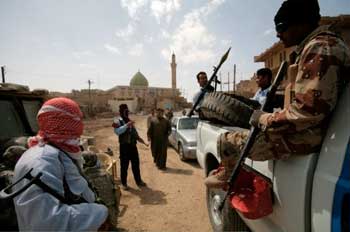
Bernard “Bernie” Boston, 74, Retired Los Angeles Times Photojournalist, Was An Icon: “Retired Los Angeles Times photojournalist Bernard ‘Bernie’ Boston, 74, a two-time Pulitzer Prize finalist and an NPPA Life Member, died today at his home in rural Virginia. Boston is probably best remembered for his iconic photograph of a young Vietnam war protester putting flowers in the barrels of soldiers’ guns during an anti-war march at the Pentagon in 1967.
Boston died from Amyloidosis, a rare blood disease that he’s had since 2006, his long-time friend Ken Cooke told News Photographer magazine tonight. Boston retired from the Los Angeles Times in 1993, after many years of being their chief photographer in Washington. Before joining the Times, he was chief photographer for The Washington Star. Boston joined NPPA in 1965, and he covered every U.S. president from Harry S. Truman to William Jefferson Clinton. Boston was also a member of the Senate Press Photographers Gallery and a member of the White House Press Corps.
‘He was an icon, and Bernie was once described as the darling of the White House News Photographers Association,’ Cooke said tonight. Boston had served as WHNPA’s president four times and was a WHNPA Life Member, Cooke said, and the photographer was recently honored as a distinguished alumnae of the Rochester Institute of Technology when the school produced a retrospective of Boston’s career as a book, Bernie Boston, American Photojournalist.”














